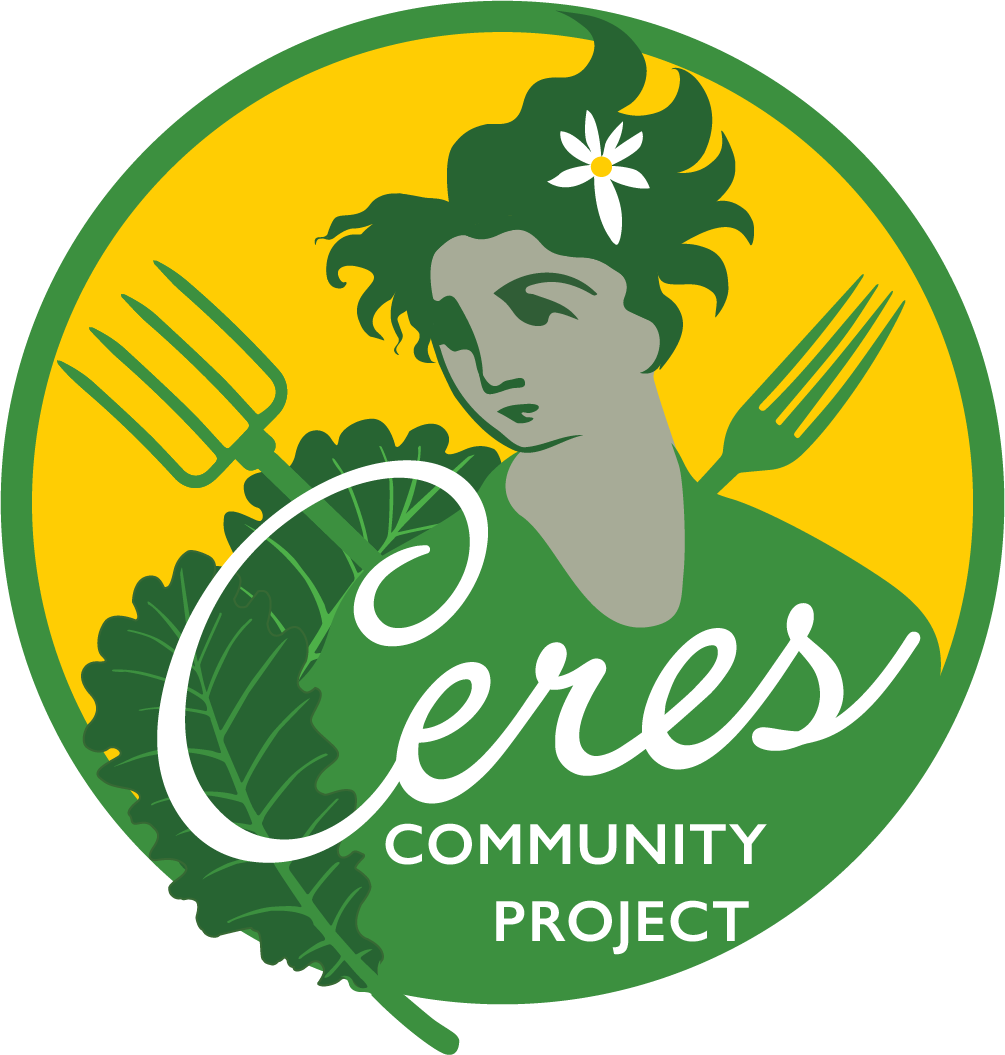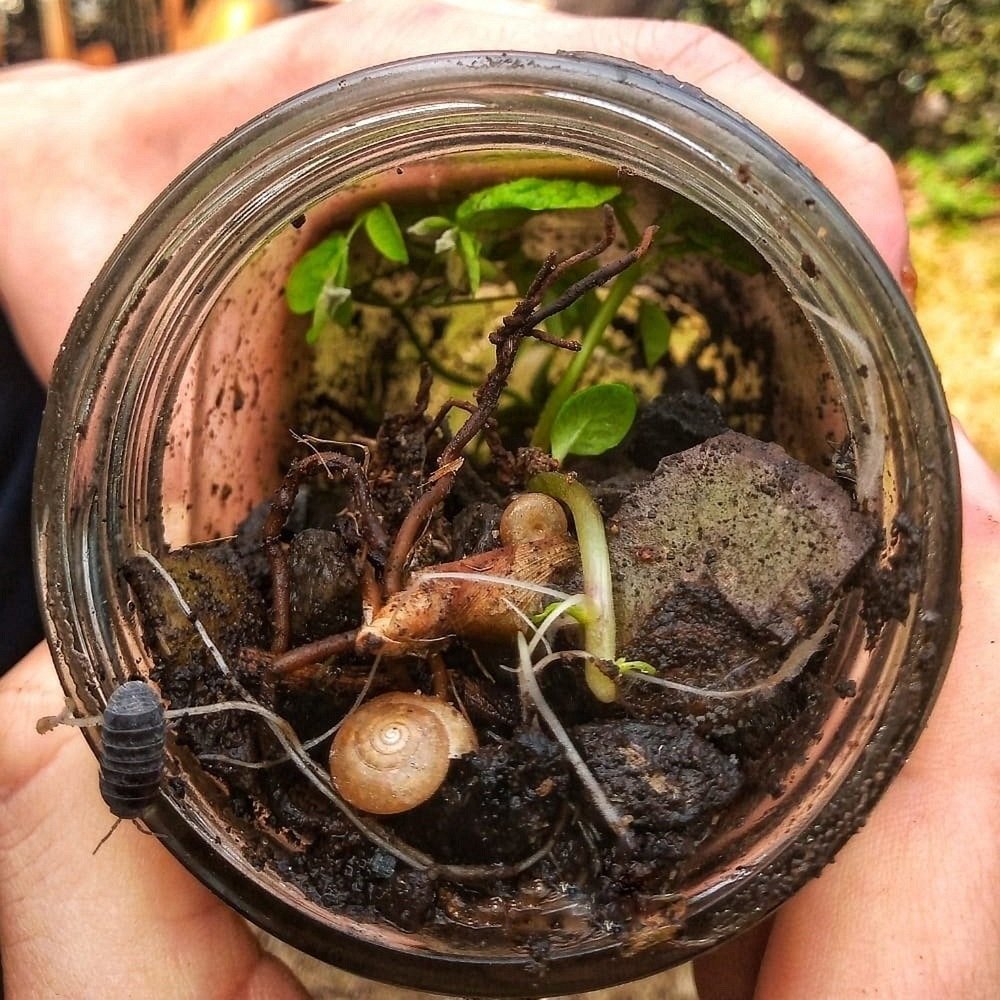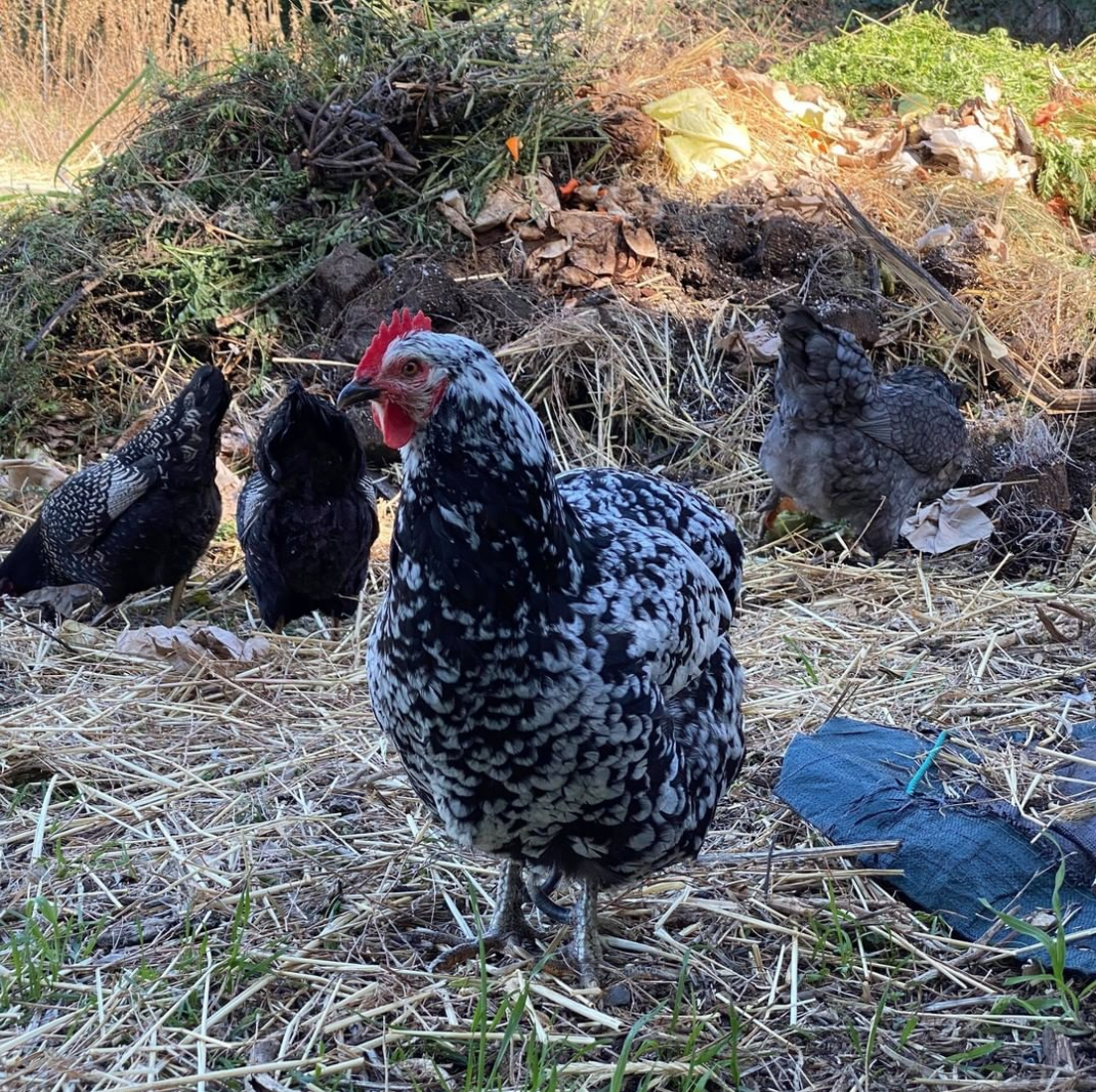Soil Health = Human Health
The Good, the Bad, and the Fungi
Words like rhizosphere, microorganisms, and mycelium may sound like a foreign language, but these are things that exist literally right under our feet. Our soil harbors an enormous diversity of microscopic organisms (aka microorganisms), and these organisms residing in the rhizosphere, the topmost soil layer, have created a complex ecosystem that scientist call the “soil food web.” Among these microorganisms are viruses, bacteria, fungi, protozoa, and algae—which may sound alarming— but essentially play a big part in the nutritional content of our food.
The vast array of these beneficial “bugs” is almost too much to comprehend. For example, a soil sample from wild grasslands could contain more than 20,000 distinct species of microorganisms, and a second sample taken from the same site a mere inch away could harbor an entirely different population of microorganisms, also numbering in the tens of thousands.[1]
Each of these organisms does something different in the soil, such as communicating with different plants, moving nutrients, or decomposing organic matter, as well as playing an important role in our own health. And we are now beginning to understand that human health is intricately dependent on our consumption of thousands of these microorganisms through the food we eat.
The plants we eat and the dirt we come in contact with directly fortify our own gut microbiome by encouraging growth of the good bacteria needed for proper digestion. Research shows that a healthy and diverse gut microbiome is essential for eliminating the body of waste and toxins and maintaining a strong immune system.
Vitamin for Longevity
Fungi are essential to our soil health and are characterized by vast networks of underground growth called mycelium. Mycelium transports nutrients and water among plants, and dense mats of it have been shown to stretch for miles. But how this fungus supports human health is just being discovered by researchers. Among the many other microorganisms inside the human body, scientists are now finding that there is a specific dietary antioxidant that we all carry called ergothioneine, aka the “longevity vitamin.”
Discovered in 1909, ergothioneine is an amino acid, which means that it’s a building block of proteins. It’s also an antioxidant, meaning that it counteracts processes that trigger cell damage, and has also been associated with a decreased risk of cardiovascular disease and mortality. What’s more, ergothioneine deficiencies have been linked to increased incidences of cognitive decline.[2]
But what does this have to do with soil?
Interestingly, the human body doesn’t produce ergothioneine on its own. It is made exclusively by fungi, blue-green algae, and some bacteria and yeast—which means it can only enter our bodies through the food we eat. “Everything in food, like the phytochemicals in crops and the fat profile in farm animals interacts in intimate and mechanistic ways with our cells and our tissues,” says Anne Biklé, author of What Your Food Ate, “We really should be orienting agriculture toward ensuring that nutrient levels are as high and as balanced as they can be in plants and animals, because ultimately it has an effect on human health.”[3]
Lore has it that J.I. Rodale, an early pioneer of organic farming and the founder of the Rodale Institute, wrote “Healthy Soil = Healthy Food = Healthy People” on a chalkboard over half a century ago.
Conventional Farming & Our Health
Unfortunately, modern agricultural practices are depleting the soil of these beneficial organisms, and studies are beginning to show that the variety of healthy microbes in humans and soils is decreasing at roughly the same rate. This is due in part to our transition to an industrial society, modern hygiene, and our Western diet—filled with low-fiber, highly processed foods. When we stopped growing our own food, and began eating more processed foods, we began to shatter the relationships between ourselves and the soil.
Another huge blow to the health of the soil was the introduction of tillage (used extensively in modern-day agriculture). Tillage is the mechanical manipulation of the soil for the purpose of crop production, which in turn reduces fungal biomass by disrupting and destroying the mycelium. This way of farming is damaging the natural microbiome of the soil—resulting in a disrupted process, lowering the concentration of nutrients in our food and our diet. This could be a contributing factor to the mineral deficiency now estimated to affect more than a third of humanity in developed and developing countries—leading to a wide range of ailments, such as cardiovascular disease, neurological disorders, anemia, increased risk of infection and depression.
Is There A Cure?
It is now being proven that regenerative farming principles can not only fix the soil, but also help improve our health. This means minimizing plowing, maintaining living roots in the ground year-round with cover crops, cultivating a variety of plants which each put important nutrients back into the soil, eliminating the use of chemical pesticides, and integrating livestock onto the land (grazing and manure foster soil microbes). Soil managed with these principles of regenerative agriculture can yield crops with higher levels of certain vitamins, minerals, phytochemicals, and specifically…ergothioneine!
“Once you realize the soil is living, it makes sense that the living organisms in the soil need a balanced diet, just as your livestock [need a balanced diet],” says Dwayne Beck, manager of South Dakota State University’s Dakota Lakes Research Farm. “You can provide that diet with a continuous crop. That’s where cover crops and crop rotations come in; they’re needed to give that variety of food to the soil.”
Another key to human health is eating and growing organic produce, something that sets Ceres Community Project aside from almost all other medically tailored meal providers in the country.
Research at the Rodale Institute found that oats, peppers, tomatoes, and carrots grown on organic or regenerative managed farms contained 18% to 36% more minerals and antioxidants than their conventional counterparts.
A study conducted in France noted that eating organic produce was the equivalent to eating 1 to 2 additional servings of fruits and vegetables a day, and data shows that this decreases the likelihood of diabetes and heart disease, among other illnesses.
As Sara noted in her previous article, “[Ceres’] efforts in organic agriculture are rooted in our core belief that ‘everything matters.’ That’s why we are involved with farming policy and healthy soil legislation. Our CEO regularly speaks at organic farming and nutrition-related conferences to help bridge the gap between soil health, organic advocates, and human health advocates. We believe that food is medicine, but all food is not created equally. The quality of food is important—it needs to be organic, grown in a way that supports the health of soil, people, and planet, nutritionally dense, and full of antioxidants, phytochemicals, vitamins, and minerals.”
In 2023, Congress will need to re-authorize the Farm Bill. This massive piece of legislation funds many important federal nutrition programs like SNAP and the Gus Schumacher Nutrition Incentive Program, farm subsidies, as well as a wide range of programs aimed at improving climate smart agriculture and the transition to organics. Look for our next Nourishing Discourse for more information about the Farm Bill and how you can help advocate for healthy soils.
References
SF Successful Farming Article: Soil Health Means Better Human Health
Civil Eats Article: This Antioxidant May Provide a Key Link Between Regenerative Agriculture and Human Health
Bionutrient Food Association Newsletter: What Your Food Ate: An Interview with Author Anne Biklé







